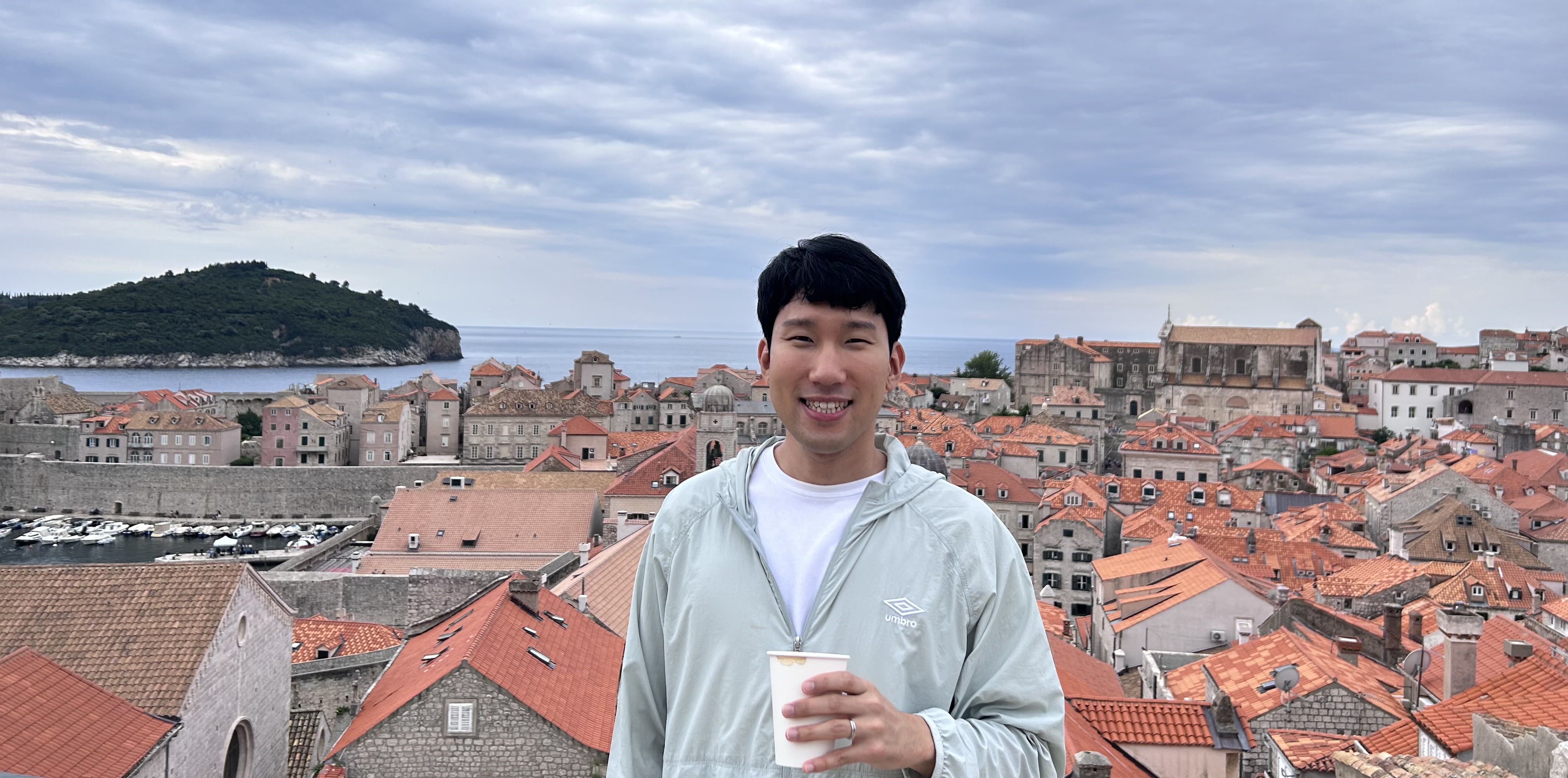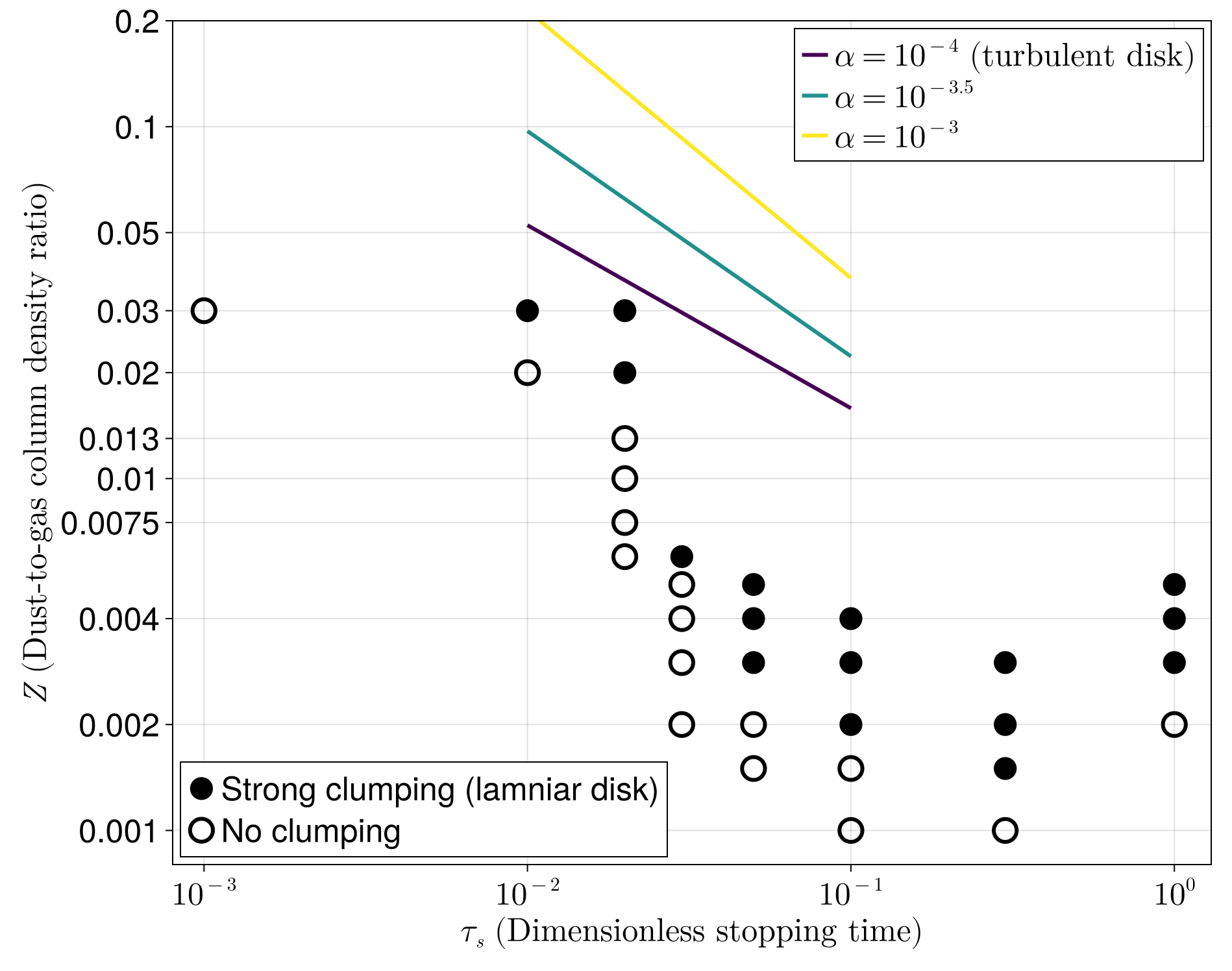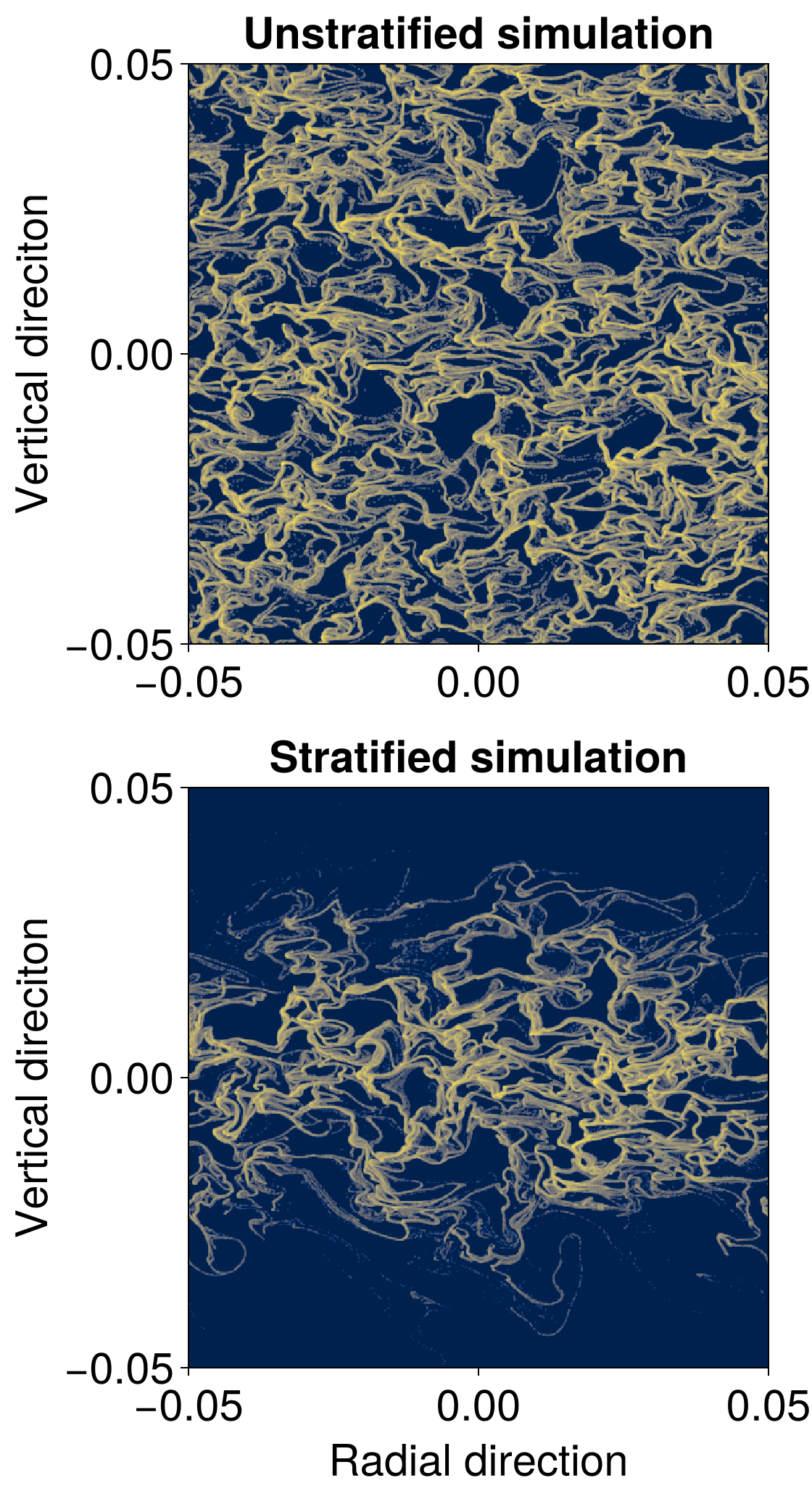 Dubrovnik, Croatia
Dubrovnik, Croatia
I was born and raised in Seoul, South Korea. My journey into astronomy began in 2012 when I entered Chungnam National University in Daejeon, South Korea, and chose astronomy as my major. I completed both my Bachelor’s and Master’s degrees there before moving to the United States in 2020. I am currently a Ph.D. student in the Department of Physics and Astronomy at Iowa State University, working with Prof. Jake Simon and our research group. Together, we explore the physics of planet formation using advanced numerical simulations.
Research
Conditions for Planetesimal Formation by the Streaming Instability in Protoplanetary Disks

My primary research focuses on planetesimal formation within protoplanetary disks. Planetesimals, roughly 1 to 100 km in size, are the fundamental building blocks of planets. They are thought to form through the gravitational collapse of millimeter- to centimeter-sized dust grains.
Among several proposed mechanisms, the streaming instability is a leading candidate because it can efficiently concentrate dust to the point of grabitational collapse (often termed strong clumping). In this project series, I investigate the physical conditions under which the streaming instability can form planetesimals, focusing on the role of grain size, dust abundance, and turbulence strength. Using 3D simulations, I examined both laminar and turbulent disk environments, establishing planetesimal formation criteria across a wide range of protoplanetary disk conditions.
The plot on the right shows the planetesimal formation conditions for both laminar (black dots) and turbulent (solid lines) cases from my 3D simulations. Above the lines, the streaming instability can efficiently concentrate solids and produce planetesimals.
Dust-gas Dynamics Driven by the Streaming Instabiltiy

The streaming instability (SI) is an important mechanism not only for planetesimal formation, but also for driving the coupled dynamics of dust and gas near the disk midplane. In this work, I investigate the characteristics of SI-driven dynamics in vertically stratified protoplanetary disks and systematically compare them with unstratified simulations (i.e., without stellar vertical gravity) across a range of radial pressure gradients.
This research provides a comprehensive view of streaming instability behavior and demonstrates that, within the parameter space explored, the instability behaves fundamentally the same in unstratified disks and in the midplane region of stratified disks.
The figure shows the dust density field from unstratified (top) and stratified (bottom) simulations, illustrating the similarity in the resulting structure. Both cases exhibit comparable filamentary morphology, with the stratified simulations showing more vertical confinement due to stellar gravity.
 ADS
CV
ADS
CV